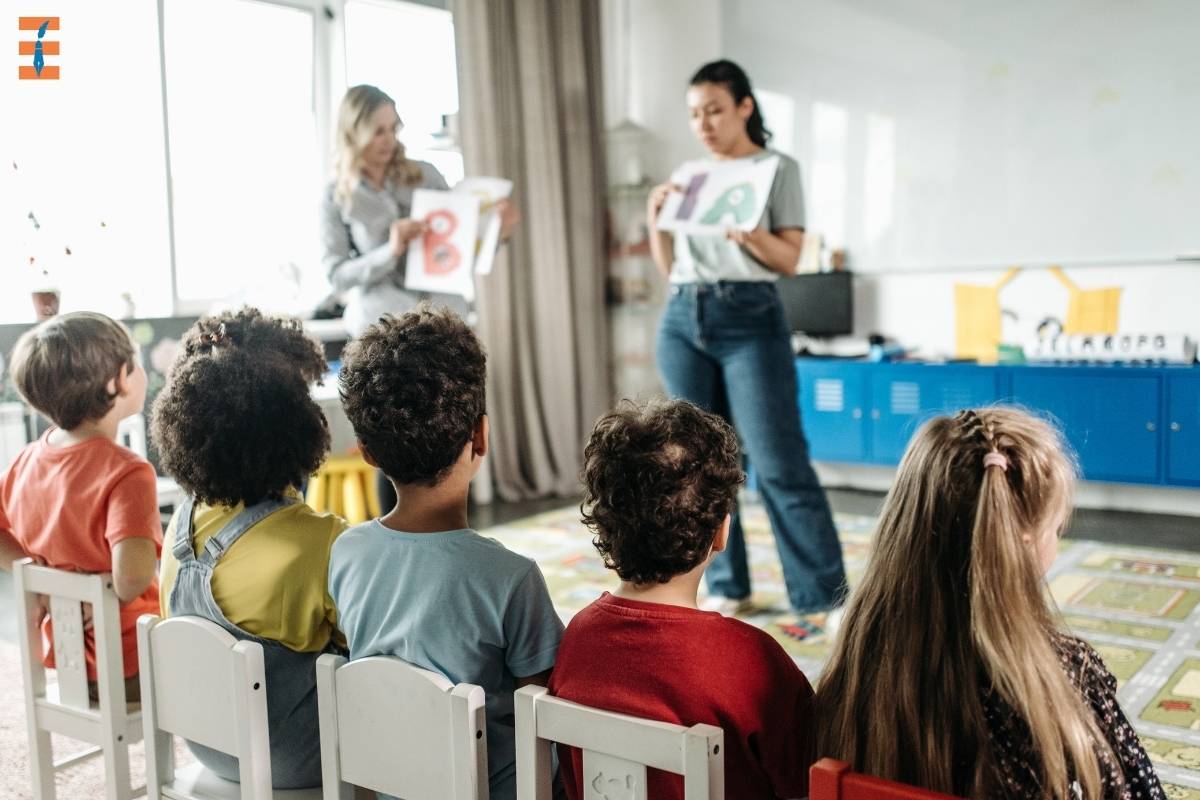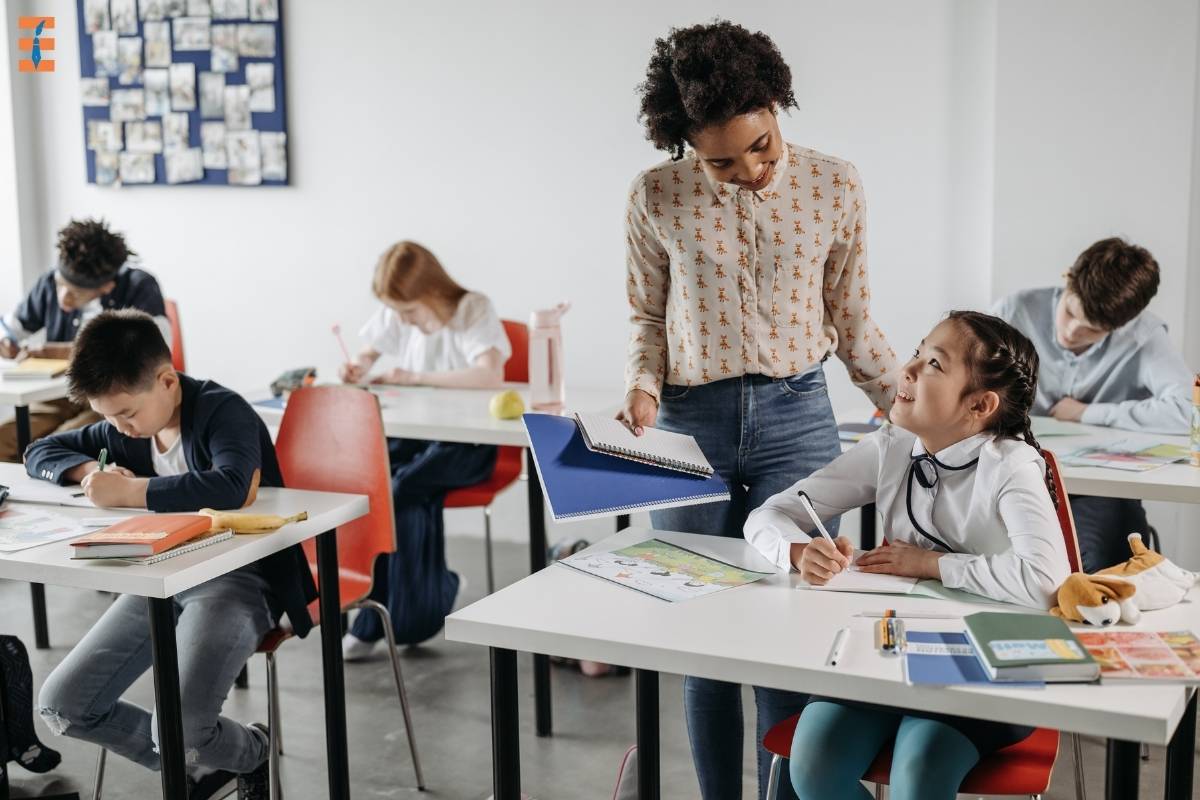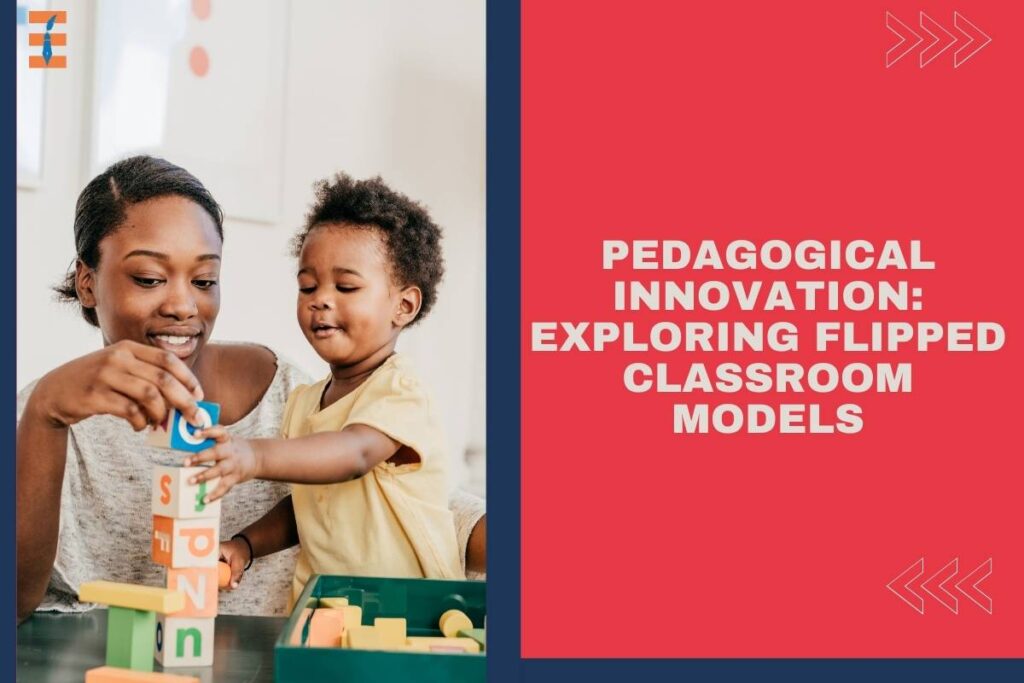In the realm of education, innovation is key to enhancing learning outcomes and engaging students in meaningful ways. One such innovative approach gaining traction in classrooms worldwide is the flipped classroom model. Departing from traditional instructional methods, the flipped classroom model flips the traditional structure of learning, placing more emphasis on active learning, student engagement, and personalized instruction. In this article, we delve into the intricacies of these models, exploring their definitions, implementation strategies, benefits, challenges, and best practices.
Understanding Flipped Classroom Models:
The flipped classroom model is a pedagogical approach that reverses the traditional sequence of instruction. Instead of teachers delivering lectures during class time and assigning homework for students to complete independently, it involves students engaging with instructional content, such as lectures or multimedia materials, outside of class, typically through online platforms. Class time is then utilized for interactive activities, collaborative projects, problem-solving exercises, and individualized support from teachers.
Key Components of Flipped Classroom Models:
Flipped classroom models typically consist of the following key components:
1. Pre-Class Learning

Students are assigned pre-class activities, such as watching pre-recorded video lectures, reading assigned texts, or completing online quizzes or interactive modules. These activities introduce students to the foundational concepts and content that will be covered during class time.
2. In-Class Activities
Class time is devoted to active learning experiences, group discussions, hands-on activities, and problem-solving exercises. Teachers facilitate collaborative learning opportunities, provide individualized support, and encourage students to apply their knowledge and skills in real-world contexts.
3. Post-Class Reinforcement

After class, students may be assigned follow-up activities or assessments to reinforce their understanding of the material covered. This may include additional readings, practice exercises, reflection journals, or online discussions to deepen learning and provide feedback.
Implementation Strategies for Flipped Classroom Models:
Implementing a flipped classroom model requires careful planning, preparation, and integration of technology into instruction. Some strategies for successful implementation of these models include:
1. Selecting Appropriate Technology Tools
Choose technology tools and platforms that support asynchronous learning, such as learning management systems (LMS), video hosting platforms, interactive multimedia resources, and online collaboration tools. Ensure that these tools are accessible to all students and align with learning objectives.
2. Creating Engaging Multimedia Content
Develop engaging and interactive multimedia content, such as video lectures, screencasts, podcasts, or interactive simulations, to deliver instructional materials outside of class. Keep videos concise, focused, and visually appealing to maintain student interest and attention.
3. Providing Clear Instructions and Expectations
Clearly communicate expectations for pre-class activities, in-class participation, and post-class assignments to students. Provide detailed instructions, resources, and deadlines to ensure that students understand their responsibilities and can effectively prepare for and engage in class activities.
4. Facilitating Active Learning Opportunities
Design class activities that promote active learning, critical thinking, collaboration, and problem-solving skills. Incorporate group discussions, case studies, debates, hands-on experiments, or role-playing exercises to engage students in meaningful learning experiences.
5. Offering Flexibility and Support
Recognize that students may have diverse learning preferences, needs, and schedules. Offer flexibility in how students access and engage with instructional materials, allowing them to review content at their own pace and providing additional support or resources as needed.
Benefits of Flipped Classroom Models:
Flipped classroom models offer several potential benefits for both students and teachers:
1. Increased Student Engagement
By actively engaging with instructional materials outside of class and participating in interactive activities during class time, students are more likely to be actively involved in their learning process, leading to increased motivation, interest, and retention of knowledge.
2. Enhanced Learning Outcomes
Flipped classroom models promote deeper learning, critical thinking, and problem-solving skills by allowing students to apply their knowledge in real-world contexts, collaborate with peers, and receive immediate feedback from teachers.
3. Personalized Instruction

These models allow teachers to provide individualized support, feedback, and guidance to students based on their unique learning needs, preferences, and pace of learning. Teachers can identify misconceptions, address gaps in understanding, and tailor instruction to meet the diverse needs of students.
4. Improved Time Management
Flipped classroom models optimize class time for active learning experiences, collaborative activities, and higher-order thinking tasks, reducing the need for traditional lectures or passive instruction during class time. This allows teachers to make more efficient use of instructional time and focus on areas where students may need additional support or enrichment.
Challenges of Flipped Classroom Models:
Despite their potential benefits, flipped classroom models also present some challenges and considerations for implementation:
1. Access and Equity
These models rely on access to technology and internet connectivity outside of class, which may pose challenges for students who lack access to reliable technology or internet resources. Ensuring equitable access to technology and providing alternative learning options for students without access to technology is essential to address potential disparities.
2. Technological Integration
Implementing flipped classroom models requires integrating technology into instruction effectively. Teachers may need training, support, and resources to develop multimedia content, navigate online platforms, and troubleshoot technical issues. Providing ongoing professional development and technical support can help teachers feel confident and competent in using technology to support flipped instruction.
3. Student Accountability
These models require students to take more responsibility for their learning by completing pre-class activities, participating actively in class, and engaging with post-class assignments. Ensuring that students are accountable for their learning and actively participate in class activities may require clear expectations, incentives, and support from teachers.
Best Practices for Flipped Classroom Models:
To maximize the effectiveness of these models, consider the following best practices:
1. Align Learning Objectives
Ensure that pre-class activities, in-class activities, and post-class assignments are aligned with learning objectives and curriculum standards. Clearly communicate learning goals and expectations to students to help them understand the purpose and relevance of their learning activities.
2. Foster a Supportive Learning Environment
Create a supportive and inclusive classroom environment where students feel comfortable asking questions, collaborating with peers, and taking risks in their learning. Encourage active participation, respect diverse perspectives, and provide constructive feedback to promote a positive learning experience for all students.
3. Monitor Student Progress
Regularly monitor student progress, engagement, and understanding of instructional materials through formative assessments, class discussions, and feedback mechanisms. Use data and feedback to identify areas where students may need additional support or enrichment and adjust instruction accordingly.
4. Encourage Reflection and Metacognition
Incorporate opportunities for reflection, self-assessment, and metacognitive activities into the flipped classroom model. Encourage students to reflect on their learning process, set goals, monitor their progress, and identify strategies for improving their learning outcomes.
5. Collaborate and Share Resources
Collaborate with colleagues, share resources, and leverage professional learning communities to exchange ideas, strategies, and best practices for implementing these models. Engage in ongoing reflection, evaluation, and refinement of instructional practices to continuously improve student learning outcomes.
Conclusion:
Flipped classroom models represent a pedagogical innovation that holds great promise for enhancing learning outcomes, promoting student engagement, and fostering personalized instruction. By flipping the traditional sequence of instruction, these models empower students to take an active role in their learning process, engage with instructional materials in meaningful ways, and collaborate with peers and teachers to deepen their understanding of content. While challenges and considerations exist, with careful planning, preparation, and implementation, flipped classroom models can revolutionize teaching and learning










